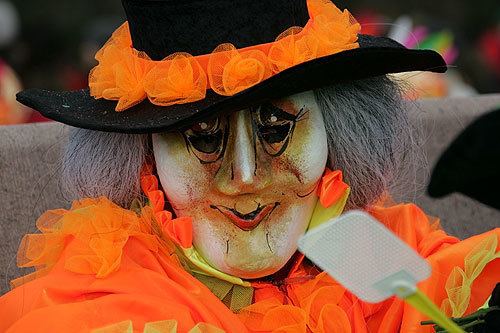 | ||
Swiss folklore is used to describe a collection of local stories, celebrations and customs of the alpine and sub-alpine peoples that occupy Switzerland. The country of Switzerland is made up of several distinct cultures including German, French, Italian as well as the Romansh speaking population of Graubünden. Each group has its own unique folkloric tradition.
Contents
Switzerland has always occupied a crossroads of Europe. While Switzerland has existed as an alliance and country since 1291, the Swiss as a culture and people existed well before this time. Before the Swiss, the region was occupied by Pagan and later Christian Germanic tribes which would become the Swiss. Before the Germanic peoples, the region was occupied by Roman and Gallo-Roman populations. Finally, before the Romans the Celtic Helvetii lived in what would become Switzerland. In addition to conquest, Switzerland has been a crossroad of Europe since at least the Roman Empire. Constant movement of cultures and ideas into Switzerland has created a rich and varied folklore tradition.
The study of folklore (Folkloristics) is known as Volkskunde in German. The study of Swiss folklore originates in the 19th century. The central figure of its academic development is Eduard Hoffmann-Krayer, who founded the Swiss Society for Volkskunde in 1896.
Folklore and customs
Legends
The legends of Switzerland include historic and semi-mythic people and places that shaped the history and culture of the nation.
